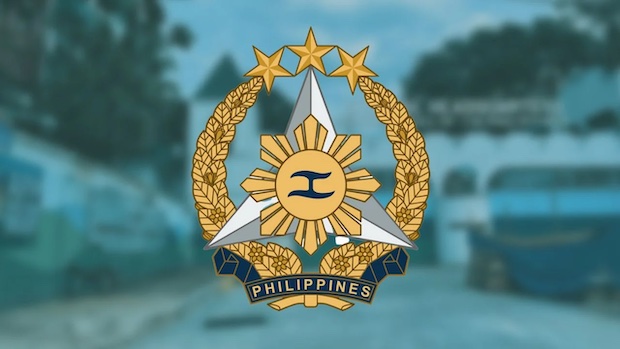
MANILA, Philippines — The Armed Forces of the Philippines said the Chinese government should “restrain its forces” from committing “provocative acts that will endanger lives” in the West Philippine Sea, after a China Coast Guard (CCG) vessel last week pointed a laser at a Philippine Coast Guard (PCG) ship, temporarily blinding some of its crew members.
“We are friends and therefore, we want to be treated like friends… They should prove by tact that we are friends,” AFP spokesperson Col. Medel Aguilar told reporters on Monday.
The PCG’s BRP Malapascua (MRRV-4403) was supporting a rotation and resupply mission of the Philippine Navy in Ayungin (Second Thomas) Shoal on Feb. 6 when a CCG vessel, with bow No. 5205, aimed a “military-grade” laser at the Philippine ship to prevent it from advancing. The Navy maintains an outpost at the submerged reef through the rusty grounded warship BRP Sierra Madre.
Acting Defense Secretary Carlito Galvez Jr. had described the act as “offensive and unsafe,” according to Aguilar.
The Chinese Embassy in Manila has yet to respond to requests for comment.
Chinese President Xi Jinping had said that Beijing was ready to manage its maritime issues with the Philippines “cordially” when he met President Marcos in China last January.
Sen. Risa Hontiveros on Monday urged Malacañang to summon Chinese Ambassador to the Philippines Huang Xilian to “answer for his country’s continued harassment and relay to his government that we will not tolerate any further disrespect.”
“He is in our country that’s why he should be accountable for this incident,” Hontiveros told the Inquirer.
The senator challenged China to “show true leadership” in the Asian region by reining in its forces and preventing them from committing acts that would only worsen the tension in the disputed areas in the South China Sea.
China, she said, was becoming “more brazen by the day” despite the previous incidents of harassment committed by CCG crew.
“This is why our Navy and Coast Guard forces have my full support as they implement proper countermeasures against the repeated unjust and violent operations of Chinese elements in the country’s maritime zones,” she added.Aside from a diplomatic protest, House Deputy Minority Leader France Castro on Monday called for more joint coast guard patrols with other members of the Association of Southeast Asian Nations (Asean) and Taiwan in the disputed waters.
“By doing this we are increasing the cooperation with Asean countries with generally equal footing with the Philippines and at the same time defending our territory,” she added.
Aggressive behavior
Maritime security expert Jay Batongbacal said China had “slowly but steadily been ramping up its aggressiveness” in the West Philippine Sea through activities such as verbal warnings, use of water cannon, and the employment of ostensibly “nonlethal” weapons that induce direct effects on the target.
“The fact that these are being employed against government ships and aircraft should be considered as acts threatening to use force against other States,” he told the Inquirer.
Singapore-based regional military analyst Collin Koh said the use of laser was “excessive and hazardous for navigation” and could be considered “aggressive behavior.”
“Laser dazzlers, rangefinders or target designators aren’t the usual types of systems you’ll find on maritime law enforcement vessels by the way. But then again, new-build CCG ships are designed for limited warfighting roles in times of war so it becomes unsurprising to find such systems on these vessels,” he said.
“Still, to use them under peacetime maritime law enforcement, even if it concerns sovereignty and rights assertion, is excessive,” he pointed out.
Ray Powell, a retired US Air Force officer who tracked the developments of the Feb. 6 incident as they transpired through a series of satellite images, lauded the PCG for publicizing the incident and “making the [CCG] pay a reputational cost for its outrageous conduct.”
Promote awareness
“China uses gray zone tactics because it thinks it can hide behind a veil of opacity and deniability. By providing photographic evidence the Philippine Coast Guard is tearing away that veil so that China can’t hide its aggression,” said Powell, who now leads Project Myoushu (South China Sea) at the Gordian Knot Center for National Security Innovation in Stanford University.
The three security experts agreed that regularly exposing Chinese activities at sea would promote awareness.
“The entire event should be properly documented, so that the evidence can be used to build a case for potential future legal recourse. In fact, all regional governments should do that,” Koh said.
Batongbacal said the Philippines should “call out and reveal every action of China in employing threats of the use of force despite publicly claiming to espouse cooperation and negotiations.”
“Maximum transparency is the Philippines’ best weapon in combating China’s bullying in the West Philippine Sea,” Powell said.